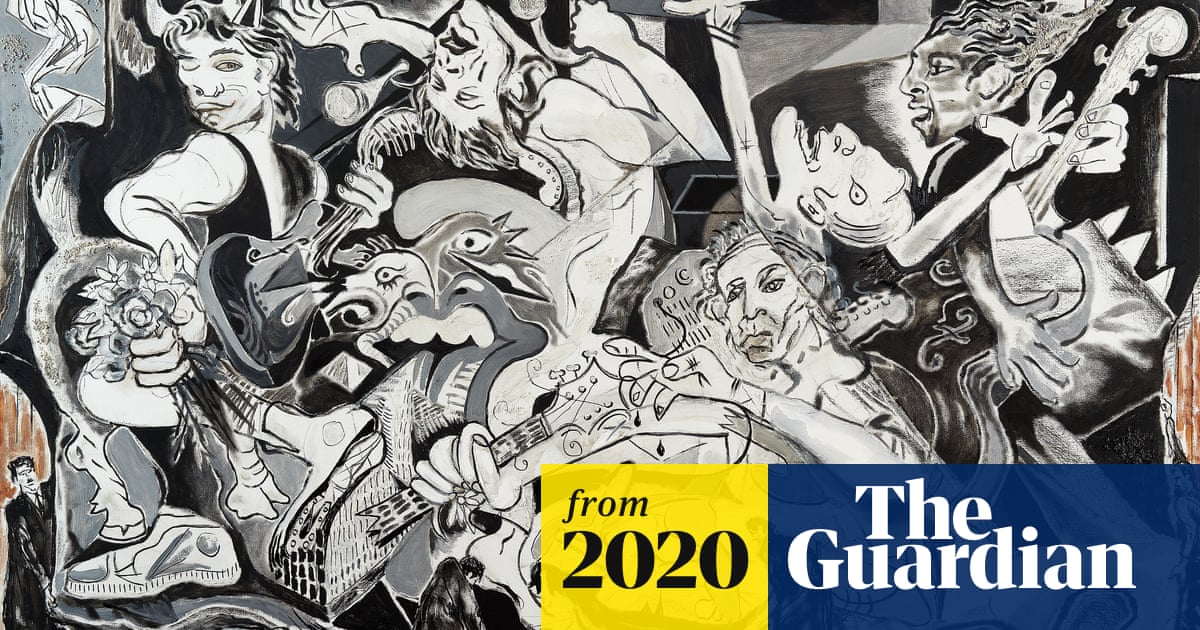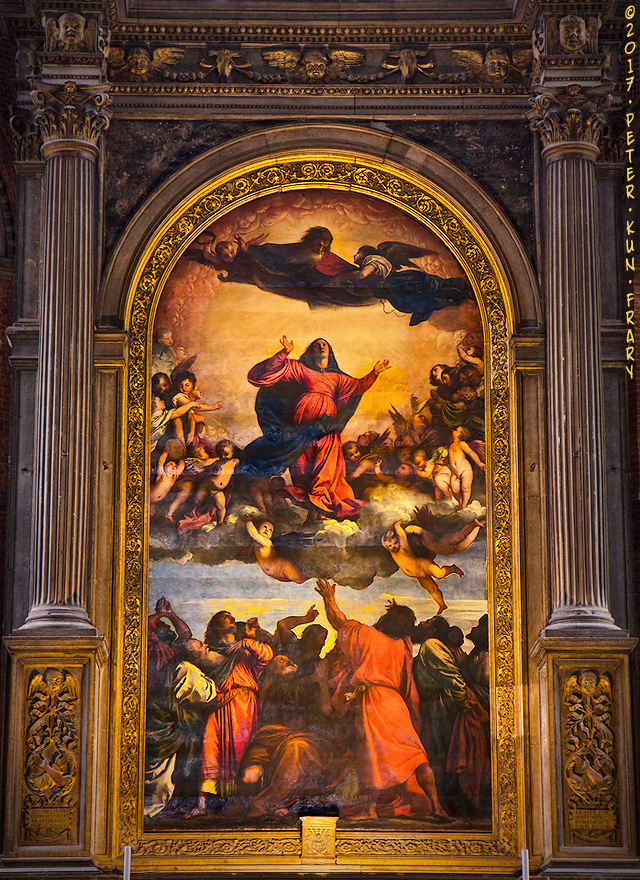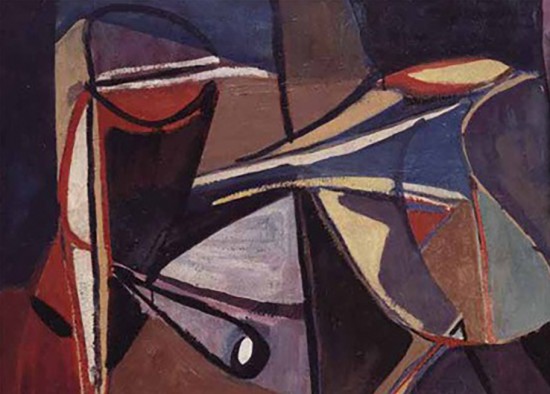version
Well-known member

Critics tell Ronnie Wood to stick to music ahead of exhibition
Pastiche of Guernica featuring the Rolling Stones dancing among ruins is a target for scorn, but his technique wins plaudits

That’s really good on Titian - I don’t really feel strongly when I look at his paintings but I am impressed - especially with his skill to paint textures - furs, cloths, drapery whatever. Some bits even appear awkward - gestures towards something in his looseness with the paint but undoubtedly his canvasses have an incredible balance which doesn’t feel contrived (although obviously it is!)Went to see Titian exhibition at the National Gallery today. It's basically one room. Each painting depicts a story from Ovid. There's a lot of nudity (erotic to minds not shattered by porn), flailing red garments, dogs, stags, putti etc.
At first I walked in and felt the familiar sense of disappointment and confusion re: my lack of enthusiasm for Titian, who is seen by many as the greatest painter OAT.
But after a while I realised that the longer I looked at each painting, the more I discovered in them and the more entrancing and mysterious they appeared.
For my taste, at least, I think Titian's paintings can be very ugly at first sight. In part this is because they're 500 years old and in many the colour has faded to become somewhat sludgy. But there's also a messiness to their composition (or so it seems), packed as they are with people, animals and objects. What it's easy to see is that his use of colour and light balances everything so it doesn't look A COMPLETE mess. But still, there is a messiness to them, in my eyes.
And if you expect him to be the most beautiful painter then you might be confused and disappointed. But if you look at his paintings for subtlety, not sensation (though they have sensation, these bits sticking out a mile, e.g. Bacchus's red cloak frozen over his arching horny shoulder), if you start intently scanning his figures for their expressions and emotions, if you also remember that he is working in a symbolic/allegorical mode, not a naturalistic mode, despite the amazing palpability of some of his textures (e.g. Europa's legs, Europa's wet clothes, the wet hair of Jupiter the bull overlying the shorter fur of his shoulders). Then you'll be a titian fan, my son...
So I left well pleased that I'd got some sort of handle on why he is so worshipped.

Yeah Cezanne - so distinctive but can also appear so wooden when painting people. I think for him he is trying to resolve some fundamental intellectual point - that constant returning to a small set of objects - whether it’s apples or the view of the mountains outside - the thingness of something and the constant shifting and slipping of light. I have great admiration of those painters who constantly worry away at something. One of my favourites is Chardin - the simplicity yet difficulty is brilliant and head spinning.Incidentally, I think I'm with you on Rembrandt.
Another painter I've been trying to appreciate lately having read so much about his importance and genius is Cezanne, who also (imo) paints in an apparently ugly and awkward way.

Beckett’s thing is the human subject glimpsed as a reducible but not expungable thing among other things, tirelessly pursued in virtually all of his work (p. 232). He never sought to privilege the self as subject and did not like art that did so. He understood Cézanne landscapes as “incommensurable with all human expression” and possessed of an “impassable immensity” between landscape and the gazing subject. He complained that there was “nothing of the kind” in painters like Constable and Turner, where he saw only nature “infected with spirit.”

During the last twenty years of his life Titian’s personal oeuvre, as opposed to those which assistants produced under his supervision, showed an increasing looseness in the handling of the paint and a sensitive merging of colors which makes them more and more immaterial. To achieve this he began to paint with his fingers as well as a brush. Titian began to value the exploration of the colour above all other aspects of art. His style and technique were evolving from the more precise contours such as modeling and finish of the early portraits to a much bolder, freer style with more highly charged brushwork. He handled the paint increasingly broadly, creating a mosaic like effect, with patches of colour.
Titian’s influence on later artists has been profound: he was supreme in every branch of painting and revolutionized the oil technique with his free and expressive brushwork. Vasari wrote of this aspect of his late works, “they are executed with bold, sweeping strokes, and in patches of color, with the result that they cannot be viewed from near by, but appear perfect at a distance. The method he used is judicious, beautiful, and astonishing, for it makes pictures appear alive and painted with great art, but it conceals the labor that has gone into them.”
